Switzerland: where five-year-olds can learn to shoot
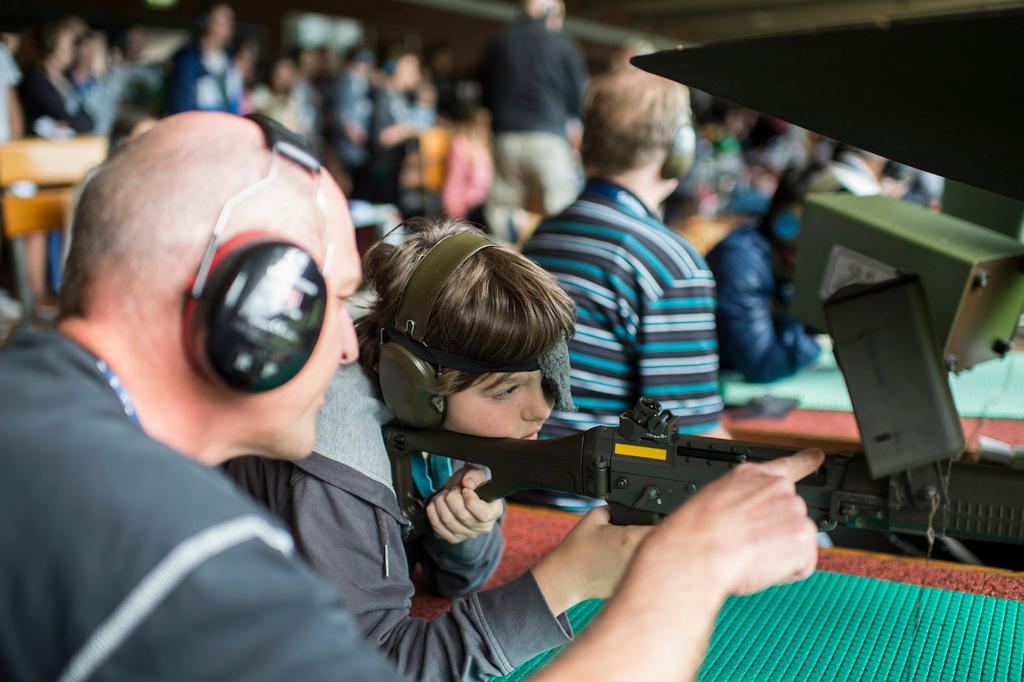
Many young Swiss learn how to fire a gun before they can ride a bicycle. The government spends millions each year subsidising shooting clubs, which in turn provide a steady supply of weapon-savvy army recruits.
“Shooting is becoming increasing popular again among the young, and the federal decision to lower the age of access to lessons is a big part of it,” says a happy Christoph Petermann, deputy chief of communications for the Swiss Target Shooting FederationExternal link.
In 2016, the government lowered the age at which young people can attend target shooting lessons from 17 to 15.
“In addition, we’re particularly pleased with the number of girls and young women who choose shooting. They’re disproving the cliché that it’s a sport for old men,” he said.
So how many people fire guns for fun in the country that, according to the NGO Small Arms SurveyExternal link, has the third-highest rate of firearms per civilian in the world behind the United States and war-torn Yemen?
+ What can the Swiss teach the US about guns?
The target shooting federation gives the figure of 130,000 shooters, 58,300 of them licensed (in a country of 8.4 million people). This makes it the fourth-largest Swiss sports federation, behind gymnastics, football and tennis. That said, the number of people who shoot is constantly decreasing: before 1995, there were more than half a million.
Many guns, few deaths
Of countries not at war, only the United States has more guns per capita than Switzerland, according to the Small Arms Survey. Yet, Switzerland has far fewer gun deaths.
In the US, there were 36,000 gun fatalities in 2015 (of which 22,000 were suicides), according to official statistics. That is 1.1 deaths per 10,000 inhabitants.
In Switzerland, over the same period, there were 310 gun deaths (of which 300 were suicides): 0.4 victims per 10,000 inhabitants.
In addition, mass shootings are very rare in Switzerland. The worst occurred in 2001, when a man killed 14 members of Zug’s cantonal parliament before killing himself.
Petermann points out, however, that before 1995, every soldier who had to shoot would automatically become a member of a shooting society. The abolition of this rule saw the numbers collapse. What’s more, the Swiss army has thinned out following successive reforms, going from 650,000 men in the late 1980s to 220,000 today, and the obligation to serve – and thus to carry out annual shooting practice – stops at 30, compared with 50 in the old days.
In 2015, the last year with an age limit of 17, just under 6,500 people registered, half the figure ten years earlier. In 2016, however, with the arrival of 15- and 16-year-olds, the number jumped to almost 10,000 (including more than 1,600 girls). That figure was repeated last year.
From the age of five
This lower age limit of 15 is listed in the federal law on shooting outside military serviceExternal link. For its part, the target shooting federation recommends not giving an assault rifle to someone under 15. But shooting in Switzerland is not limited to assault rifles – nor is the target shooting federation the only organisation.
The federation resulted from a merger in 2002. Others had previously existed in a country where pistol and rifle shooters have long been separated. Today, although it’s the largest national shooting federation, there are others, and this fragmentation is found at a cantonal level. For example, two federations are found in Fribourg and three in Basel City and Basel Country – each with its own practices and traditions.
When it comes to training children how to shoot, this is done under the auspices of Youth + SportExternal link, an organisation that depends on the federal sports ministry. Children are admitted from the age of five – but not to shoot with an assault rifle. This young, they train with pistols, air rifles, crossbows or bows.
It gets serious from the age of ten – with small-calibre weapons – and from 12, in general, with assault rifles. Thus, every year on the second weekend in September, about 4,000 boys and girls aged 12 to 16 descend on Zurich to take part in the Knabenschiessen (boys’ shooting) marksmanship contesExternal linkt and to try out the weapon that will be theirs in the army.
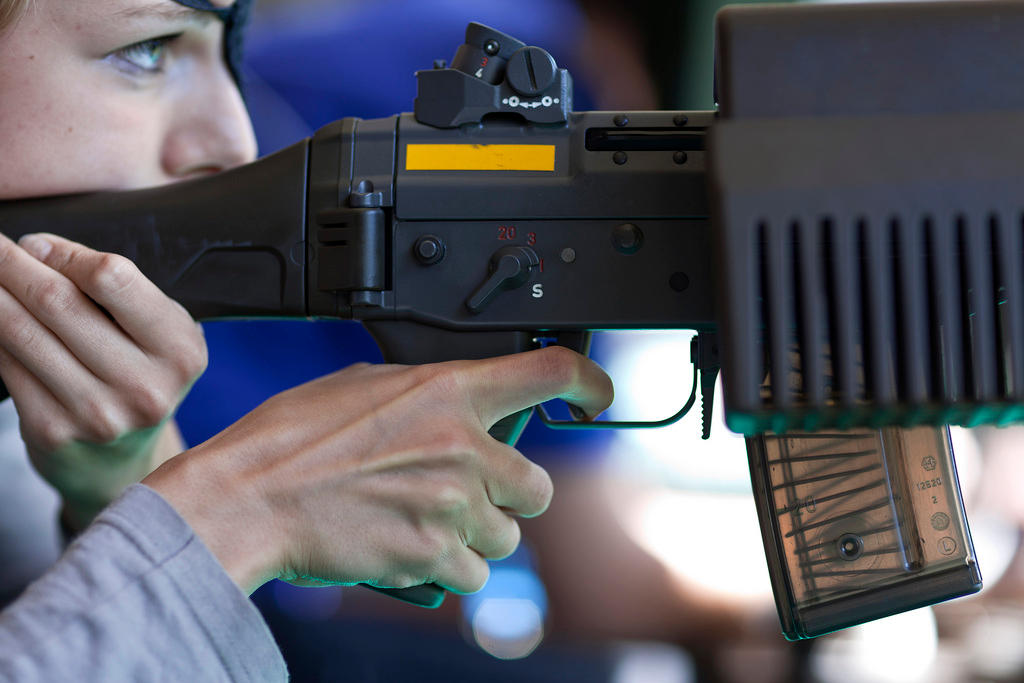
More
Knabenschiessen: Celebrating sure shots in Zurich
Events of this kind are numerous in Switzerland and always carried out in accordance with strict safety instructions.
The motivations of these youngsters – almost all of them sons and daughters of people who shoot – are still quite basic. One was “giving it a go to see what it was like” and enjoyed it; another felt shooting was “really important” for him, and the youngest-looking one liked shooting simply because “yeah, you can shoot”.
Another boy, visibly a few years older, acknowledged that “it’s a sport where you don’t move. We’re lying down – the finger’s the only thing that moves, on the trigger. No exercise, nothing, it’s a calm sport.”
But a sport nonetheless
But there’s no doubt that shooting is indeed a sport. It has been in the Olympic calendar since the first modern Games in 1896. Since then, Switzerland has amassed 21 medals, placing it in 13th place in a world ranking dominated by the United States (111 medals) and the USSR/Russia (90).
The Youth + Sport website explains that shooting “is a fascinating sport that combines four elements: the static, the dynamic, concentration and strength”.
For the target shooting federation, training young people aims to “maintain the pleasure of target shooting and promote versatility through a good technical grounding as well as personal development”. But traditionally this training also has the stated goal of supplying the army with recruits already able to handle weapons.
The link between sportsmanship and the army is almost organic. It is the clubs of the target shooting federation that provide training and organise the mandatory shooting sessions of the army, which in return supports the clubs.
For 2017, the sports ministry estimates this assistance at more than CHF7 million ($7.3 million), split between subsidies to clubs, the target shooting federation and the provision of free ammunition – enough for nearly six million shots.
(Adapted from French by Thomas Stephens)

In compliance with the JTI standards
More: SWI swissinfo.ch certified by the Journalism Trust Initiative









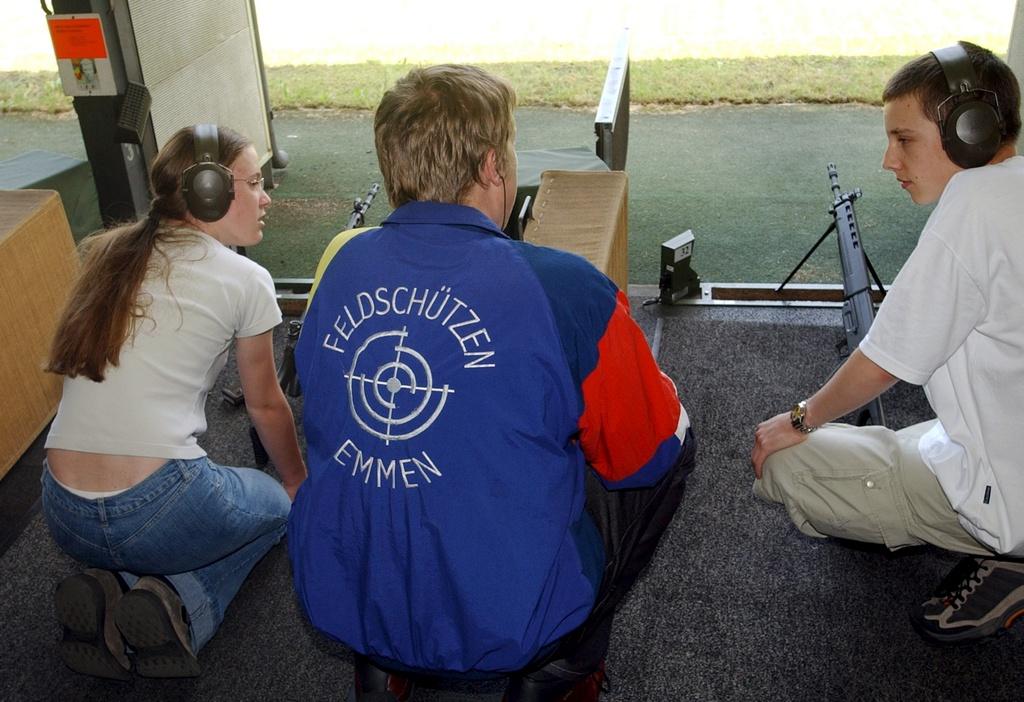
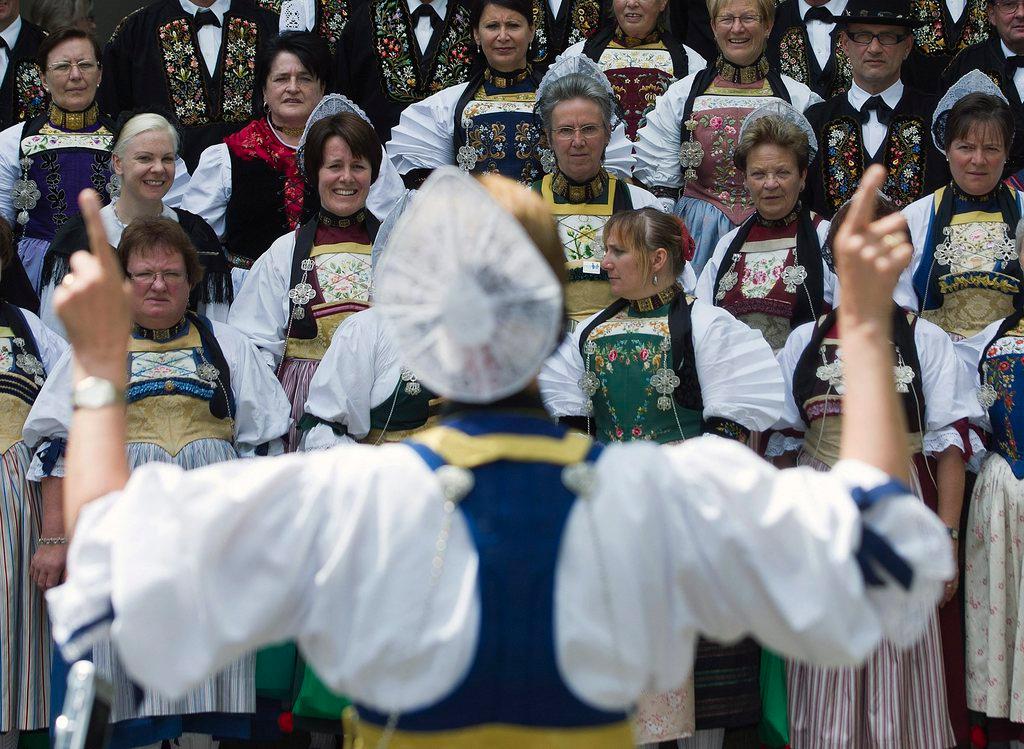
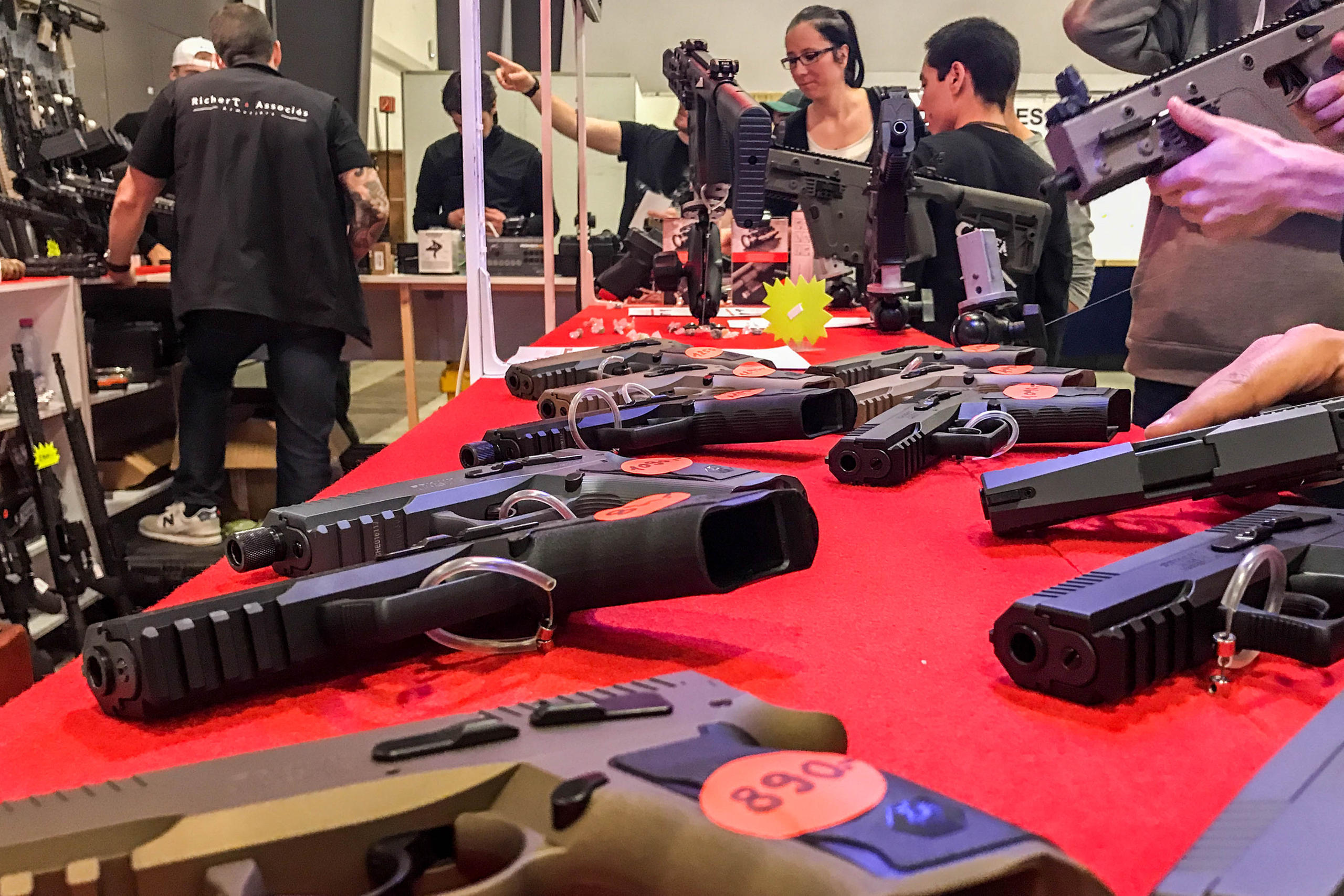
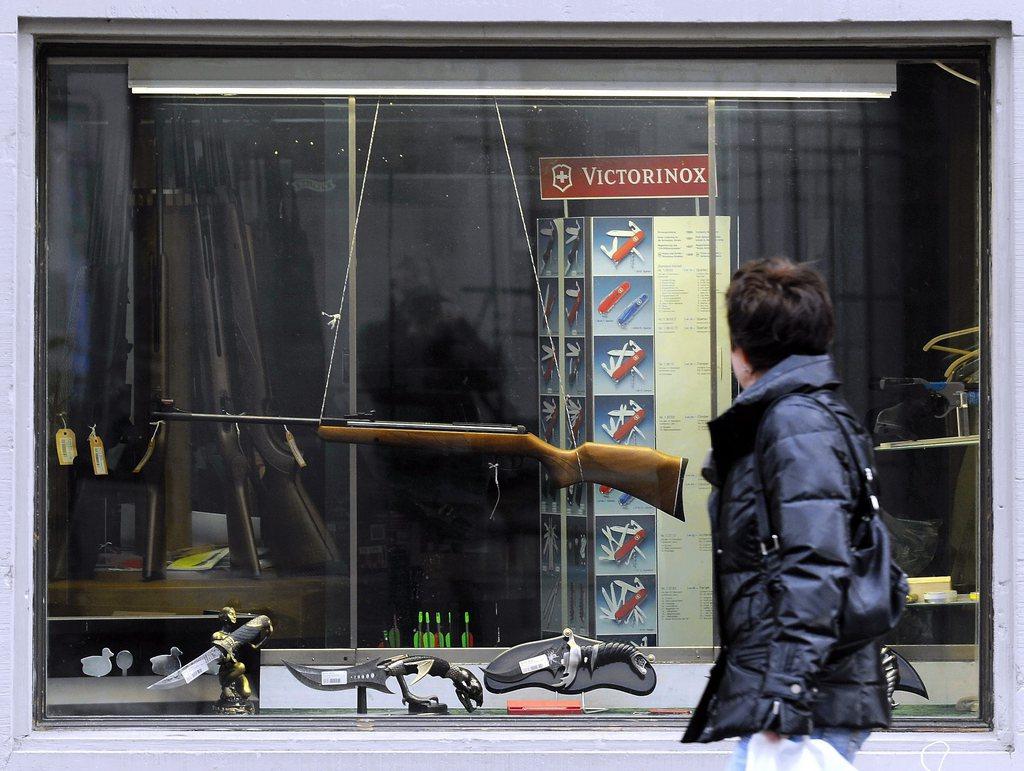
You can find an overview of ongoing debates with our journalists here . Please join us!
If you want to start a conversation about a topic raised in this article or want to report factual errors, email us at english@swissinfo.ch.